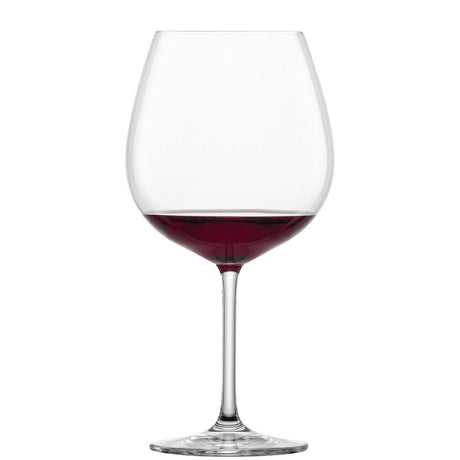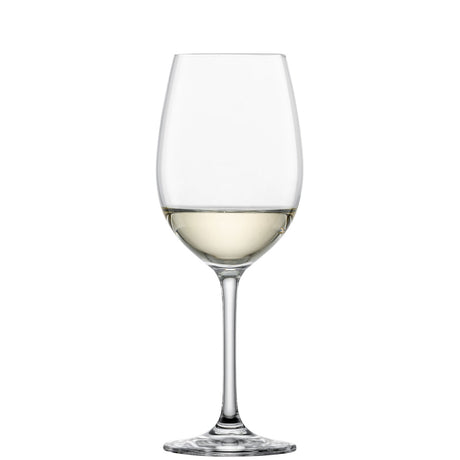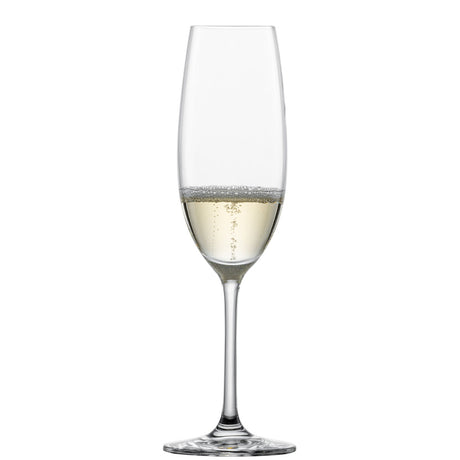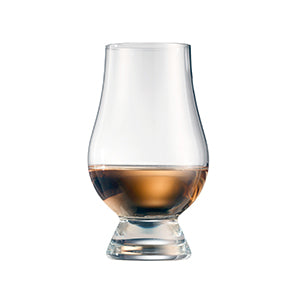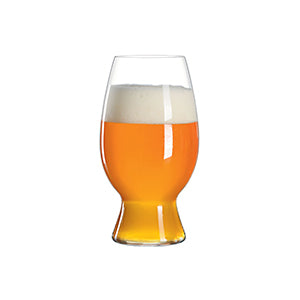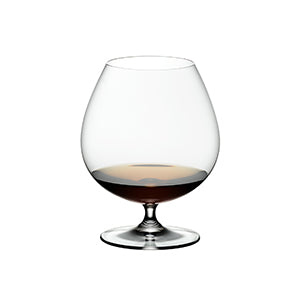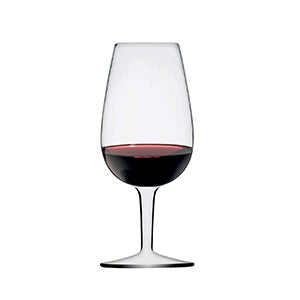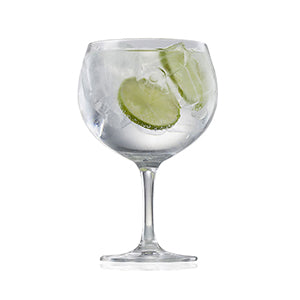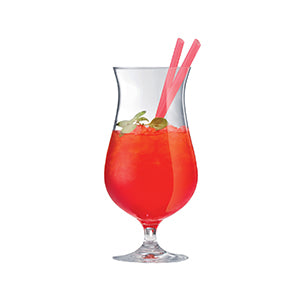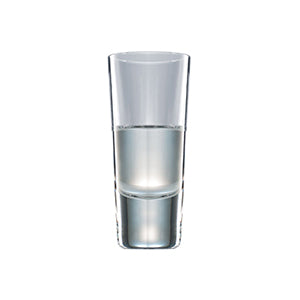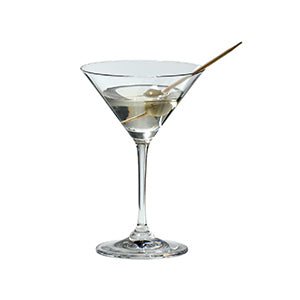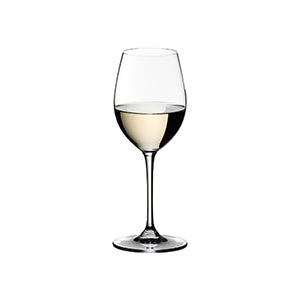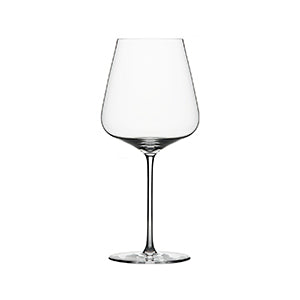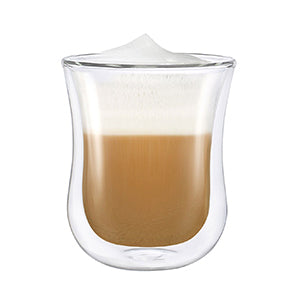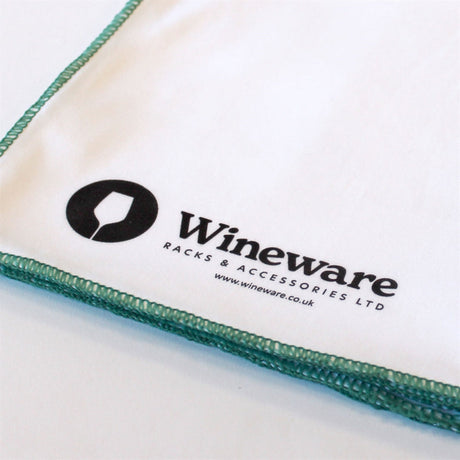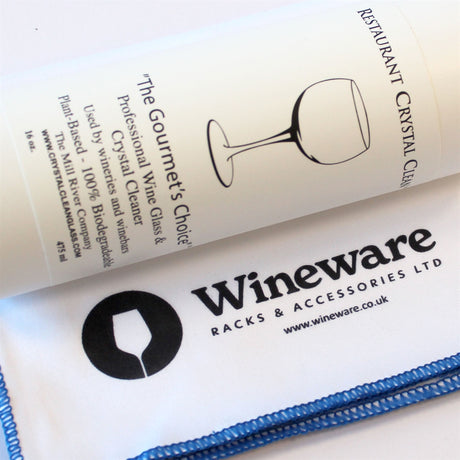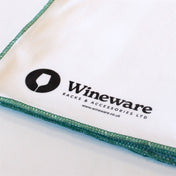Wine tasting can certainly seem daunting if it's a new experience for you, and it's perfectly normal to find the vast range of aromas and tastes complex and challenging as a complete novice. But don't worry – understanding wine is a journey, and every expert started right where you are! We've created this essential list to help you understand some basic terms you may (or may not!) hear, making your entry into the fascinating world of wine a little smoother and much more enjoyable.
Don't try to memorise everything at once! Use this glossary as a quick reference while you taste. Pick out 2-3 terms to focus on for each wine, and gradually expand your vocabulary.

A
Acetic – this describes wine which smells and/or tastes of vinegar.
Acid - Wine contains several different acids, which differ from bottle to bottle. Acid makes a wine taste refreshing and crisp.
Acidity - the crisp, tart, and refreshing quality of a wine, primarily due to its acid content. It's a key component for balance and can make a wine feel vibrant.
Aftertaste – this describes how long the taste and sensations of a wine last after it is swallowed.
Aggressive – harsh tastes due to excesses of tannins, alcohol or acid.
Alcohol – is the amount of ethanol present in wine.
Appellation - a legally defined and protected geographical indication used to identify where the grapes for a wine were grown. It often dictates grape varieties, winemaking methods, and quality standards.
Aromatic – this term describes perfumed aromas in wine.
Astringent – dry effect in the mouth, usually caused by high tannin.
Attack - the immediate sensory impression of a wine on the palate as soon as it enters the mouth.
Austere - describes a wine that is firm, possibly tart, and not very fruity, often due to high acidity and/or tannin and lacking generosity.
B
Balance – this describes the harmonious integration of all the main components within a wine – fruit, acid, tannin, and alcohol – ensuring no single element dominates.
Blackcurrant – general aroma associated with Cabernet Sauvignon and usually referred to as cassis.
Body – this describes how wine tastes on your palate (impression in the mouth of weight and consistency) usually described as light, medium or full-bodied.
Body (types)
- Light-bodied – a wine that feels light and delicate in the mouth, similar to water.
- Medium-bodied – a wine with a moderate weight and texture in the mouth, somewhere between light and full, similar to milk.
- Full-bodied – a wine that feels rich, heavy, and substantial in the mouth, similar to cream.
Bottle age – this describes the time spent maturing in the bottle.
Bouquet – this term refers to the complex aromas that develop in wine as it ages, distinguishing them from the primary aromas of young fruit.
Breathing – the process of allowing a wine to come into contact with oxygen (e.g. by decanting or swirling) to help it open up and develop its aromas and flavours.
Buttery – this describes the smell and flavours of butter in wine.
C
Caramel – the smell and/or taste of caramelised sugar.
Cardboard – the smell of damp cardboard or papers.
Cedar-smell – likened to pencil shavings and is often associated with many red wines matured in oak barrels.
Chewy – this describes a full-bodied wine with lots of tannin.
Cigar box – tobacco aromas derived from oak influence.
Citrus – aroma of citrus fruit flavours.
Clarity – how clear or dull wine appears.
Clean – the fresh, fault-free flavours of wine.
Clones – this term is a sub-variety or mutated strain of a particular grape.
Closed – young wines not yet showing their full or expected potential of taste or aroma.
Cloying – this describes sweet wines that lack acid to balance the overpowering sweetness.
Coarse – a harshness occasionally detected in young over-tannic red wines.
Complex – displaying a range of flavours and often developing constantly whilst in the glass.
Cooked – this describes baked or jammy aromas and tastes associated with cooked fruit.
Continentality – is the difference between summer and winter temperatures.
Corked – If a wine is ‘corked’, it has been contaminated by a chemical compound (TCA) from the cork, stripping it of its fresh fruit flavours and often imparting a damp, musty, or mouldy smell.
Crisp – a refreshing high acidity level in wine, giving it a lively feel.
D
Decanting – the process of pouring wine from its bottle into another vessel (a decanter), usually to separate it from sediment or to allow it to "breathe" and aerate.
Delicate – light wine with subtle flavours.
Dry – a wine that contains little to no residual sugar, resulting in a taste sensation that is not sweet.
Dumb – this term is given to wine that does not have any distinct aromas/flavours.
E
Earthy – this describes the taste or smell of damp earth.
Elegant – describes a wine that is graceful, refined, and beautifully balanced, without being overly powerful or heavy.
Eucalyptus – a pleasant minty type aroma sometimes found in red Australian wines.
F
Farmyard – odours of animal or vegetal expressions.
Finish – see Aftertaste.
Flabby – wine lacking in acid.
Flat – lacking in refreshing acidity or character, often associated with sparkling wine that has lost its effervescence (bubbles).
Flavours – the aromatic characteristics of a wine perceived by the palate and nasal passages (retro-nasal olfaction) during tasting.
Fleshy – usually smooth full-bodied red wines.
Flinty – mineral flavours and aromas normally associated with dry white wines.
Floral – fragrant scents like flowers in wine.
Fruit-forward – describes a wine dominated by prominent fruit flavours rather than earthy, savoury, or oak notes.
Fruitcake – flavours and aromas of a rich mixture of dried fruits.
Fruity – exhibiting an abundance of fruit flavours.
Full-bodied – heavy in texture and flavour, the opposite to light-bodied wines which are normally meant to be drunk young.
Funky – this describes wine which has an earthy/animal taste.
G
Gamey – pungent aromas occasionally found in big red wines.
Gooseberry – often used to describe a characteristic aroma of Sauvignon Blanc, resembling tart green fruit..
Green – this describes a young wine which tastes of unripe fruit or vegetal notes, indicating under-ripeness.
Grip – a firm, sometimes slightly rough, drying sensation on the palate, typically caused by firm tannins.
Grog – this is an Australian term to describe alcohol. The term is associated with the watering down of alcohol.
H
Hard – describes a wine that is harsh or aggressive, often due to high levels of unresolved tannin or acidity, or a lack of fruit.
Harmony – this describes well-balanced wine.
Herbaceous – grassy or vegetal or the smell of wet leaves.
Hot – this describes wine which has a noticeably high alcohol content, producing a warm or burning sensation on the palate..
I
Inky – this describes the opaque, deeply coloured appearance of some red wines, often with purple hues.
Intensity – this describes how intense a wine’s colour is, pale to medium to deep.
J
Jammy – cooked flavours of soft dark fruit, usually in wines from warm climates.
K
Kabinett – a German term to describe without made without adding sugar.
L
Lees – spent yeast cells and other solid particles that settle at the bottom of a wine during fermentation and ageing. Wines aged "sur lie" (on the lees) can gain complexity and richness.
Legs – this describes the viscosity of wine.
Length – the duration for which the desirable flavours and sensations of a wine persist on the palate after it has been swallowed.
Liquorice – occasionally found on the palate of red wines.
M
Meaty – chewy, substantially heavy-bodied wine.
Mellow – soft, non-harsh wines. A slight hint of sweetness is sometimes present.
Minerally – this can be used to describe aromas or tastes in wine reminiscent of wet stones, slate, or a fresh, crisp sensation similar to mineral water.
Mouthfeel – the tactile sensations and textures of a wine as perceived in the mouth, encompassing body, viscosity, and other textural elements.
N
Nose – the collective aromas and bouquet of a wine, perceived by smell..
O
Oily – a rich, viscous texture or consistency, often found in certain mature white wines like Rieslings or some full-bodied whites.
Oxidised – wine that has been exposed to too much oxygen, leading to a loss of fresh fruit flavours and a flat, dull character, often with nutty or sherry-like notes.
P
Pear drops – a smell similar to acetate or nail varnish remover.
Peppery – a spicy, sometimes hot, texture or aroma impression, often found in certain red wines.
Perfumed – fragrant.
Primary aromas – this describes the aromas in wine that arise directly from the fruit.
Q
Quality – the overall quality of a wine.
R
Reserve – this term may refer to wine that has seen a period of ageing.
Residual sugar – this describes sugar remaining in wine which has not been fermented out.
Robust – this describes a full-bodied wine.
Rounded – a very well-balanced wine.
S
Secondary aromas – this describes the aromas in wine that arise from the fermentation.
Short – when a wine has no length, and its taste sensations do not linger on the palate after swallowing.
Structure – refers to the composition of a wine, particularly the interplay and balance of its primary components: acidity, tannin, alcohol, and fruit.
Sweetness – describes the perceived sweetness level of a wine (e.g., dry, off-dry, medium, sweet), determined by its residual sugar content.
T
Tannin – a naturally occurring compound found in grape skins, seeds, and stems, as well as oak barrels. It creates a drying, astringent sensation, primarily on the gums and roof of the mouth, similar to strong black tea.
Terroir – a French term that refers to the complete natural environment in which a particular wine is produced, including factors such as the soil, topography, and climate. It is believed to impart unique characteristics to the wine.
Thin – wine lacking in body.
Toasty – describes a wine characteristic of lightly burnt toast.
Typicity – how accurately a wine expresses the characteristic aromas, flavours, and structure expected of a specific grape variety or region.
U
Underipe – the resulting flavours and aromas when grapes failed to reach optimum maturity, leading to green, harsh, or tart notes in the wine.
V
Vanilla – detectable in the ‘nose’ of wine.
Vegetal – describes a wine with vegetable-like aromas or flavours.
Velvety – a smooth, rich, and soft texture or mouthfeel of a wine, often associated with mature red wines.
Vintage – the year the grapes were harvested to make the wine. In Europe, wines are often named by their region rather than grape variety, so the vintage indicates the specific year's harvest.
Viscosity – the resistance of a liquid to flow; in wine, it relates to its thickness or richness, often indicated by how quickly "legs" or "tears" run down the glass.
W
Woody – this term describes the smell of oak wood in wine.
X
Xarel-lo – is a white grape variety which gives a strong aromatic and earthy flavour. This grape variety is indigenous to Spain.
Y
Yeasty – a bready smell in wine.
Z
Zesty – a wine which is well balanced with fruit and prominent acidity.
Frequently Asked Questions - Basic Wine Tasting Terms
"Do I need to memorise all these terms?"
Not at all! Think of this glossary as a helpful reference tool. The best way to learn is to taste and gradually pick up the terms that resonate with you, building your vocabulary over time.
"What's the difference between 'aroma' and 'bouquet'?"
'Aroma' generally refers to the primary smells derived directly from the grape variety (like fruit or floral notes) or from fermentation. 'Bouquet', on the other hand, describes the more complex, evolved smells that develop in a wine as it ages, either in the barrel or the bottle (such as tertiary notes like toast, spice, or earthy tones).
"Why do some wines have 'legs'?"
'Legs' (or 'tears') are the rivulets of wine that cling to the inside of the glass after you've swirled it. They are formed due to the interplay of alcohol evaporation and surface tension, and while they can indicate higher alcohol content or viscosity, they don't necessarily reflect a wine's quality.
"Is 'corked' wine dangerous to drink?"
No, a 'corked' wine is not dangerous to drink, but it will be unpleasant. The fault is caused by a chemical compound, TCA (trichloroanisole), usually from the cork. This compound gives the wine a damp, musty, or wet cardboard smell and strips it of its fresh fruit flavours. It's essentially spoilt, not harmful.
"What are those 'bits' or sediment in my wine?"
Those 'bits' are usually harmless. They can be tartrate crystals, which are natural mineral deposits that form in cold wine, or natural sediment (like pigments and tannins) that drops out in older red wines as they age. They don't affect the flavour unless you swallow them.
Further your Wine Journey
Ready to put these terms into practice? Explore our How to Taste Wine guide.










